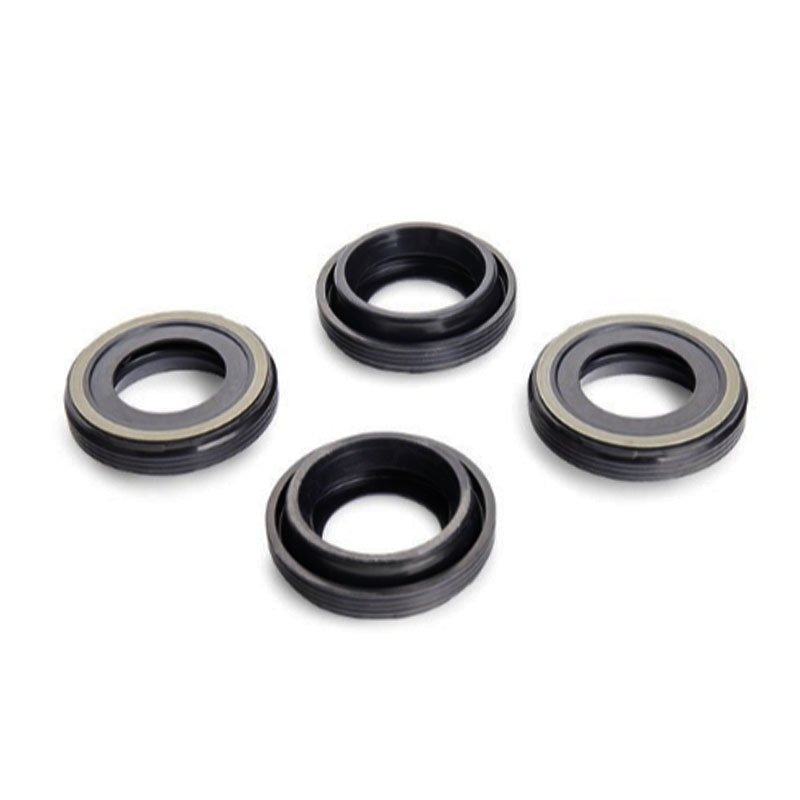automotive oil seal


4. Spring-Loaded Lip Oil Seals These seals incorporate a spring to maintain constant pressure on the primary sealing lip, ensuring consistent sealing efficacy. This design is particularly beneficial for systems that experience variable pressures and temperatures, such as hydraulic applications. The spring helps accommodate minor shaft misalignments or wear, maintaining a reliable seal over the machinery’s lifecycle. 5. Metal-Clad Lip Oil Seals For applications requiring additional structural integrity and protection from physical damage, metal-clad lip oil seals provide an extra layer of durability. The metal casing offers added protection against environmental hazards, making these seals suitable for heavy-duty applications in industries like mining and construction. Selecting the appropriate lip oil seal depends on several factors, including the operating environment, pressure and temperature variations, and the types of fluids involved. The expertise involved in choosing the right seal is bolstered by a thorough understanding of each seal type's strengths and limitations. Proper assessment and selection can profoundly impact equipment performance and lifespan, emphasizing the importance of professional knowledge in this domain. In conclusion, the diversity in lip oil seal types underscores the tailored approach necessary for effective machinery maintenance. Recognizing the specific advantages of each type allows businesses and engineers to make informed decisions that enhance equipment reliability and operational efficiency. As technology advances, innovations in lip seal materials and designs continue to expand the possibilities for machinery protection, solidifying the role of expert knowledge in optimizing industrial performance.
-
The Ultimate Guide to Car Repair Kits: Tools and Essentials Every Driver Should Own
News Aug.01,2025
-
The Complete Guide to Oil Pan Gaskets: Sealing Engine Leaks the Right Way
News Aug.01,2025
-
Preventing Oil Leaks: A Complete Guide to Oil Pan Gaskets and Drain Seals
News Aug.01,2025
-
Everything You Need to Know About Oil Pan Gaskets and Drain Plug Seals
News Aug.01,2025
-
Essential for Car Owners: How to Use a Car Repair Kit to Deal with Minor Breakdown
News Aug.01,2025
-
Comprehensive Guide to Engine Oil Sump Gaskets and Related Seals
News Aug.01,2025
-
The Ultimate Guide to Boat Propeller Bearings and Trailer Wheel Bearings
News Jul.31,2025
Products categories















